by Eliot Wadsworth
Having spent four plus decades in the world of plants, I am familiar with honey bees as companions in my garden, orchard, meadow, and, briefly, in a pair of poorly managed hives near our house. Their background murmuring and frenetic activity on warm days are a central part of the sights, scents and sounds that constitute nature as experienced in a temperate climate. Or, to be more accurate, they were.
With my son taking over our small plant nursery in northwest Connecticut, I was looking for a way to keep busy and stay out of his way during the six months each year that I live on the property. Like most Americans, I’ve been uneasily aware of declining bee populations and a related phenomenon called “Colony Collapse Disorder” for some years and lazily linked the reports to a combination of habitat decline, agricultural chemicals, and climate change. Since the former two scarcely exist in our area, and the latter has so far produced mainly milder winters here, and because bees’ seasonal pattern is much like mine (active outdoors mainly above 50 degrees), the idea of keeping some hives to produce and sell both bees and honey became compelling and even seemed mildly rational. Perhaps there was a genuine opportunity for doing well while doing good, sustaining a family business while supporting the population of a crucial pollinator of crops and gardens and the only producer of harvestable quantities of honey. That’s when my homework began.
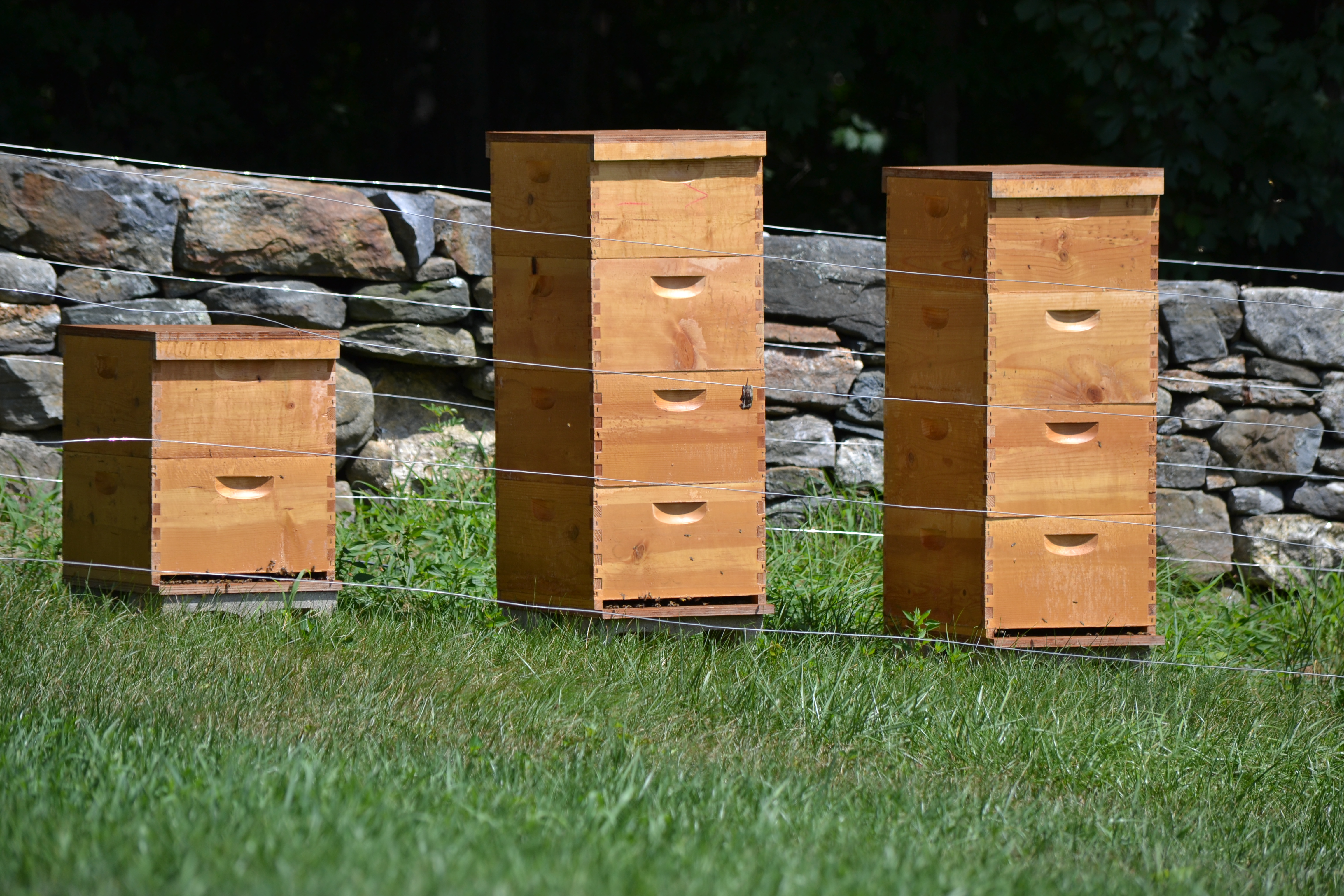
Honey bees (properly known as Apis mellifera) are not native to the Americas whose abundant pre-colonial flora was for eons pollinated by a wide range of insects including solitary bees (they don’t form colonies), plus moths, wasps, butterflies, and countless other genera for whom the sugary nectar of flowers is an important food source. When Europeans brought the first honey bees, they were seeking an inexpensive sweetener, wax for candles, and a pollinator to boost the yields of their fields and orchards. In the ensuing five centuries, honey bees found their way into every corner of the Americas that provided enough rainfall for plants to grow and a tolerable winter through which they could sustain themselves by their uncanny ability to cluster together and generate heat by metabolizing their stored honey. Those conditions are available in a large percentage of both Americas, and the bees promptly escaped their colonial masters and went native, presumably displacing some indigenous competitors whose declines are not recorded.
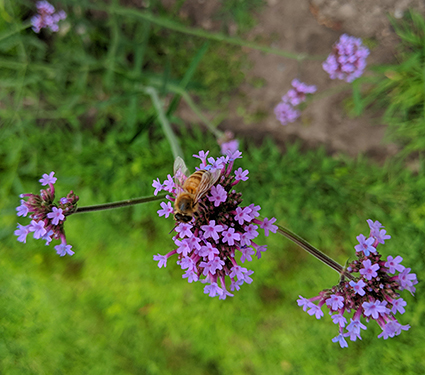
The diaspora of hive bees into the countryside didn’t diminish the number of colonies maintained by beekeepers who preferred to secure honey by raiding their own hives rather than searching out and extracting wild colonies in the forest. The job of beekeeper was made infinitely easier by an American beekeeper (and minister) named L.L. Langstroth whose studies determined that it was possible to create a space that encouraged bees to form their comb (the wax network of receptacles in which they raise their young and store their honey) in discrete segments instead of a single mass. That insight, hatched in 1851, allowed the creation of hives using removable frames, permitting honey to be extracted without destroying the hives and often the tree cavity in which the hive was located. The Langstroth hive remains the basic technology of the bee industry to this day, a rare example of a design surviving the industrial revolution and the information revolution essentially unchanged. While there are modest variations in design and materials, the vast majority of domesticated bee colonies are thus housed to good effect. As we considered our path forward, this would surely have been our choice as well.
A bee colony is a miracle of social collaboration in which thousands of individuals, both males, known as drones and whose only role is reproduction, and females, known as workers, which organize to provide food and housing for an immensely productive queen bee and then for successive generations of her offspring. After a winter period of relative inactivity within the hive, a healthy colony can produce vast numbers of bees from newly laid eggs that develop through three stages to adult bees in roughly three weeks. These adults then set about gathering nectar and pollen to feed the colony, and caring for the queen. The adults themselves are short-lived, about a month for the workers and perhaps two for the drones, but the fantastic productivity of a healthy and well-fed hive can produce population increases that exceed the living space within a few weeks, causing the departure of part of the colony to find a new housing arrangement where they can establish a new queen and build a new colony. These swarms occur frequently and by anticipating and managing this process, a disciplined and observant beekeeper is able to create new colonies, increasing his collection of hives to either manage or sell to other keepers.
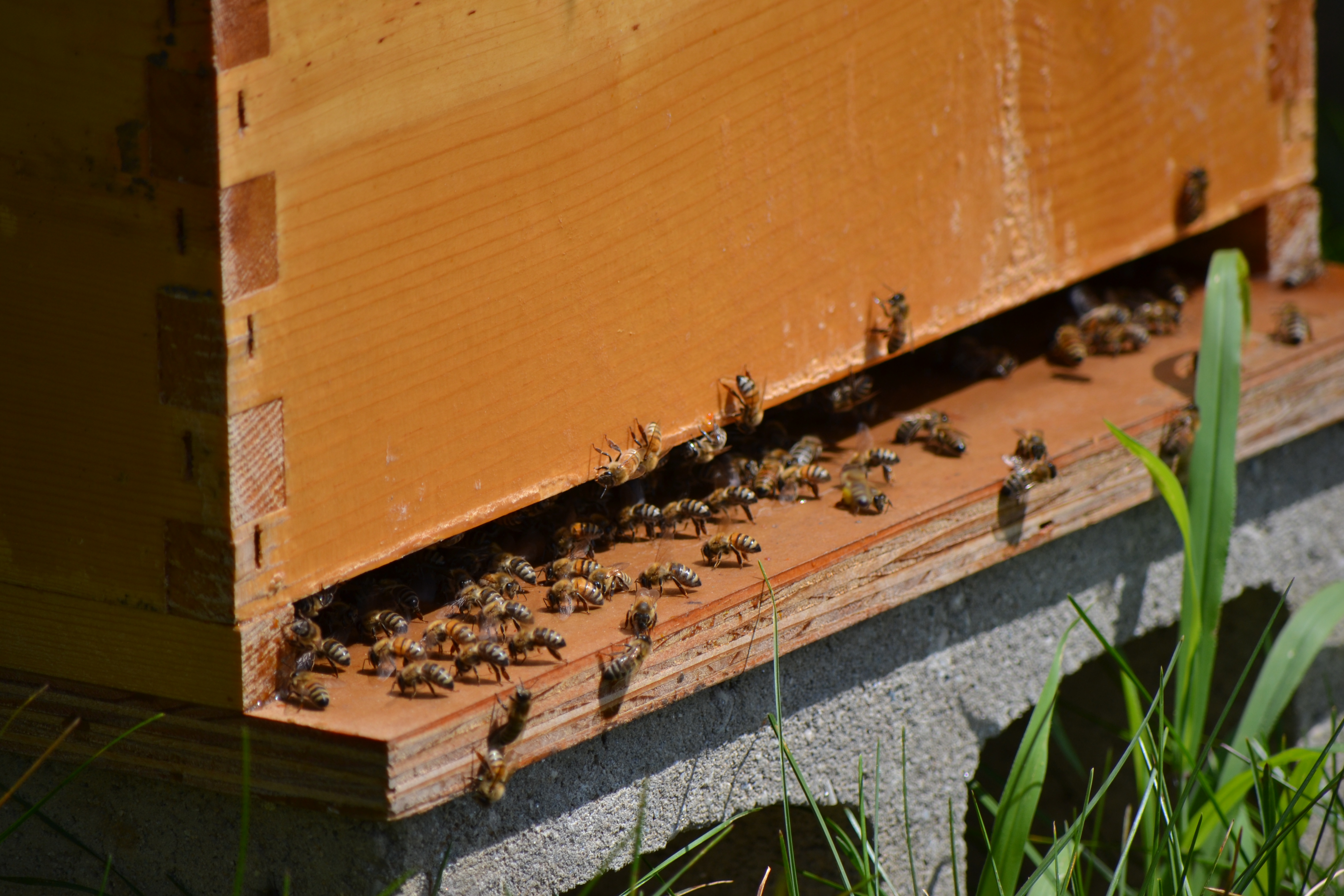
Established colonies have a second essential function beyond this abundant reproductive cycle, that being food gathering. Bees sustain themselves by collecting both nectar and pollen from blooming plants within in their foraging range (about 2½ miles from the hive). This activity has made them extremely valuable to mankind for two reasons. The first is that bees store their winter food supply in the form of honey which is essentially plant nectar from which the water content has been evaporated. Honey is an extraordinary substance, a richly flavored sweetener that seldom spoils and, many believe, is also an aid to human health when eaten or applied topically. Bees store their honey in exquisitely geometric wax combs they manufacture in their hives and then consume it to sustain them throughout the winter. Beekeepers seek to sharecrop this operation by periodically removing frames that are filled with honey and spinning them in a centrifuge to remove the honey, after which they’re returned to the hive for a refill. In the days before sugar cane and sugar beets were widely processed to make sugar, honey was a prized addition to man’s diet.
In addition to honey production, the foraging process also provides an extraordinarily important function which is entirely incidental to the mission of the bees but absolutely crucial to the well-being of their co-habitants on the planet. That process is the pollination of plants in which pollen, the male reproductive cells found on the anthers of plants, is transported from one plant to another, fertilizing the female organs (stigma) of the recipient and enabling reproduction by the creation of seeds. Bees don’t pollinate plants on purpose. They gather pollen, a form of protein, as one of the core elements of their diet and transport it back to their hives for storage and later consumption. In the process, pollen particles are attached to their body hairs and transported randomly from one plant to another. In pursuit of food, a colony of bees will visit literally millions of flowers and provide for them a crucial catalyst in successful reproduction. While there are many other insect pollinators, none of them goes about their business with quite the same intensity, probably because bees are uniquely committed to keeping a large community of individuals alive through the winter.
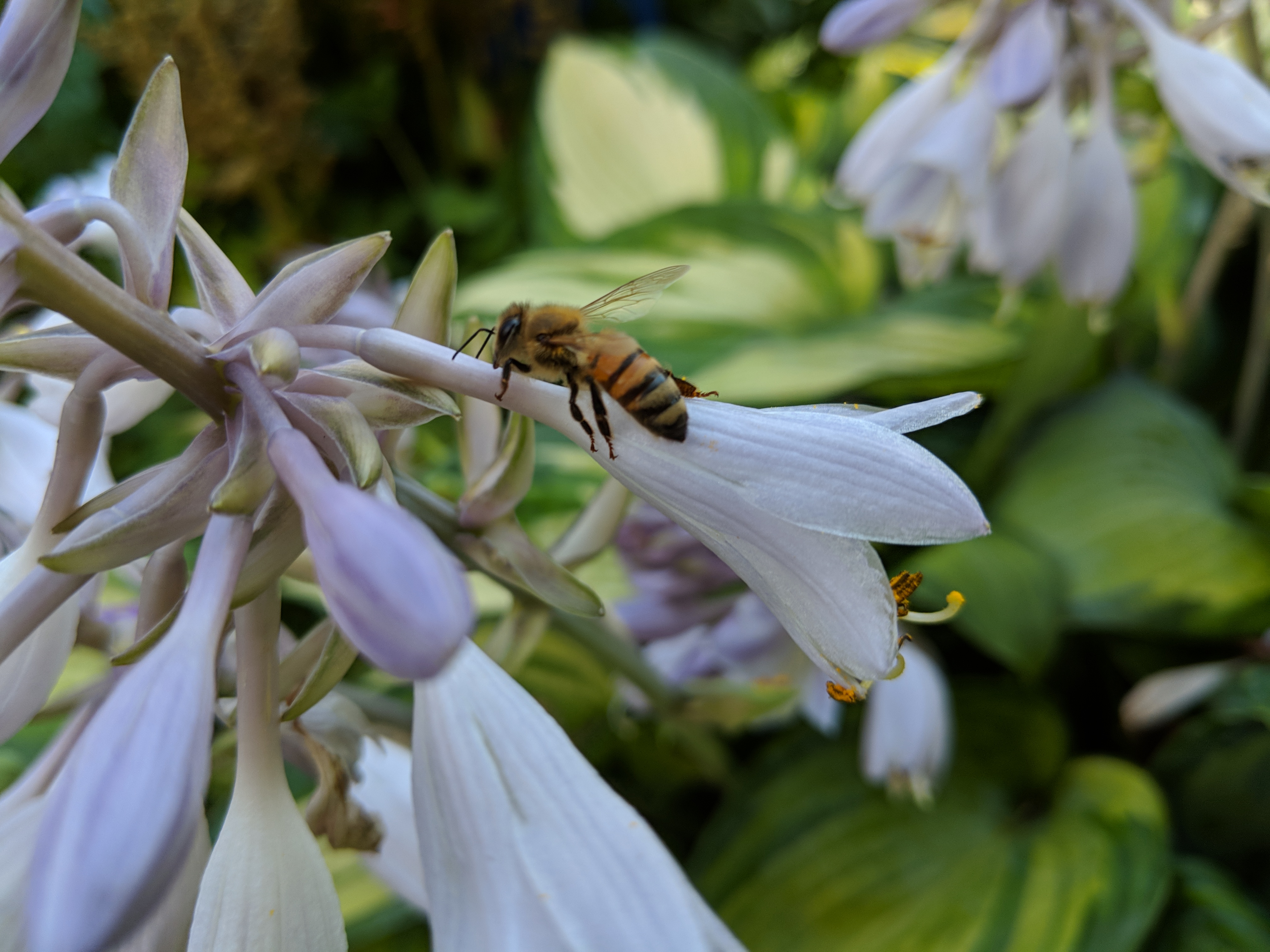
The pollination role provided by honey bees has been recognized through observation for hundreds or perhaps thousands of years and is, of course, crucial to the existence of countless species of native plants and the animals that depend on them. The stimulation of this process by placing hives in crop fields or orchards in an organized manner is far more recent. In modern agriculture, especially fruit and nut orchards, yields are vastly increased by locating or relocating hives in the vicinity of the trees and bushes at the time of their of bloom, which is typically two to four weeks. There are few commercial growers who don’t take advantage of this low cost and powerful ally to increase the yield of their crops. Indeed, the vast majority of bee colonies under management in the U.S. are employed in this manner, and pollination services, as the industry is known, represent the primary revenue source for most commercial bee operators, with honey production a distant second.
The most extreme example of this business is found in the fantastically large and profitable almond groves of California’s Central Valley. More than 1.1 million acres of near desert land are planted to almonds, with the trees receiving their water largely from trickle irrigation. In this environment, native plants and thus insect pollinators are few, and the crop is made possible by the introduction of roughly 2 million beehives maintained elsewhere and trucked in for a month to service the blooming trees. Needless to say, this practice is heavily dependent on the means of transport that are available, and that transport must be chosen and operated with care. That’s because bees, for all their apparent durability and abundance, are in fact dependent on their ability to sustain a very precise environment in their hive so as to maintain all their functions, and this consistency can be challenging on a trip that might often exceed a thousand miles. To repeat, individual bees, with the exception of queens, are very short-lived, and a hive must produce multiple generations of young (known as brood) each season in order to survive. For these cycles to occur, the inside of the hive must be maintained at close to 90 degrees Fahrenheit with consistent ventilation and continual maintenance. Accordingly, rough handling or extreme temperatures or relocation during daylight hours when the residents are out foraging can do irreparable damage to a colony, causing it to drop below the crucial population density at which all the necessary jobs can get done. This means that hives need to be moved at night and/or in dark, temperature-controlled vehicles. So hundreds of temperature-controlled semis roll into the Central Valley in late January, and the owners of these bees receive close to $200 per hive for the visit, thus generating a large portion of their year’s revenues in four weeks.
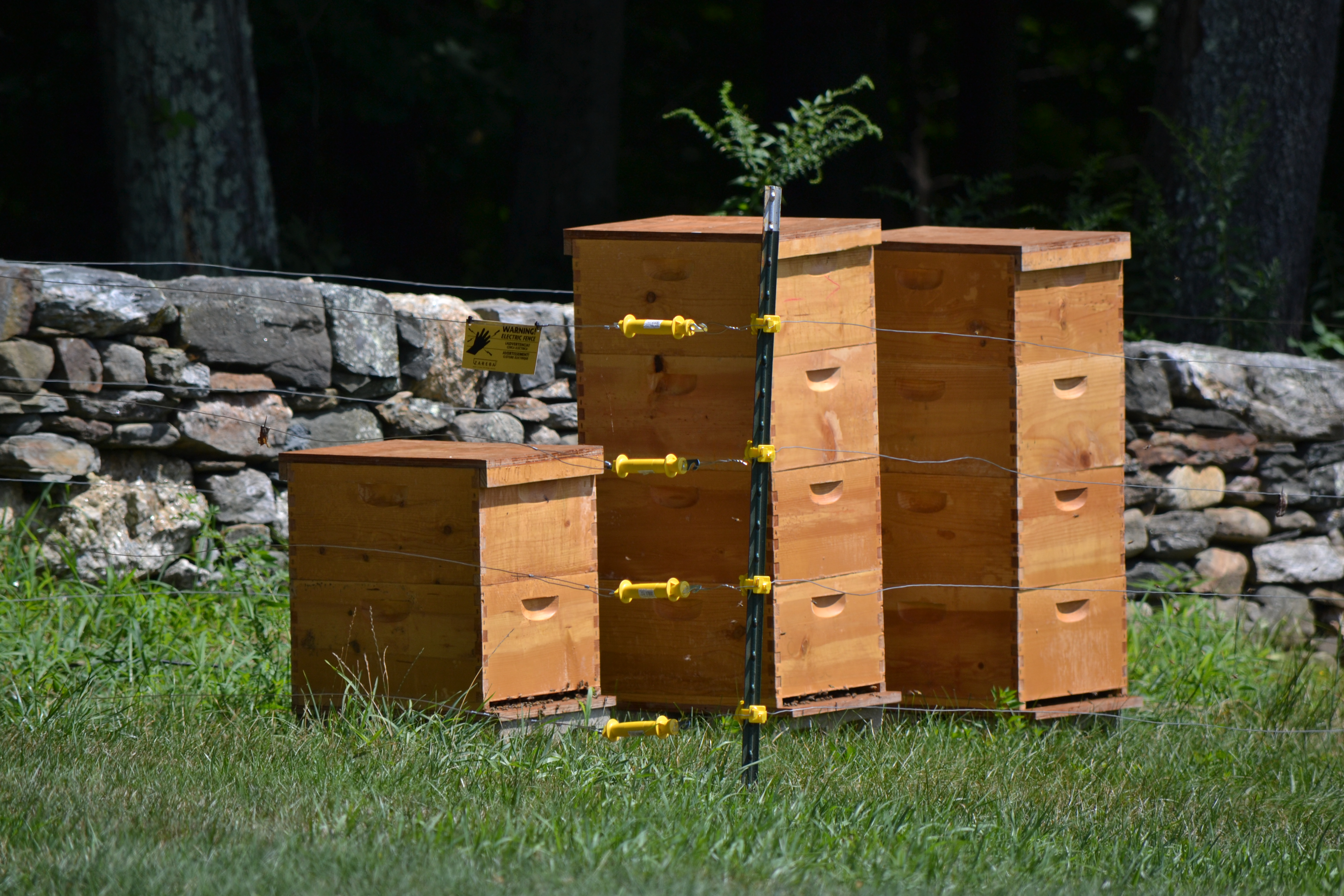
This seasonal migration produces a bonanza for the almond growers and the beekeepers but is not without its downsides, especially for the bees. For all living creatures including ourselves, travel is stressful. Changes in climate, soil, diet, elevation, pests and predators, and even noise levels can disturb natural rhythms both for adult bees and for the brood under their care. In addition, the almond groves are frequently treated with chemicals for pest control and while that’s never intentionally done with the beehives in place, the local soils are inevitably saturated with all kinds of compounds whose effects on bees are unknowable but certainly not positive. A great irony of this specific crop is that the nectar of almond trees produces honey so bitter as to be unusable for humans, though it’s apparently acceptable to bees. And further insult follows, because the bees need to continue foraging after the almonds have ceased blooming, which means the hives need to be transported to sources of blooming plants elsewhere. This could mean fruit orchards in Oregon or Tupelo forests in Florida, and the shocks of relocation are repeated serially over eight to nine months until the hives come to rest somewhere for the winter.
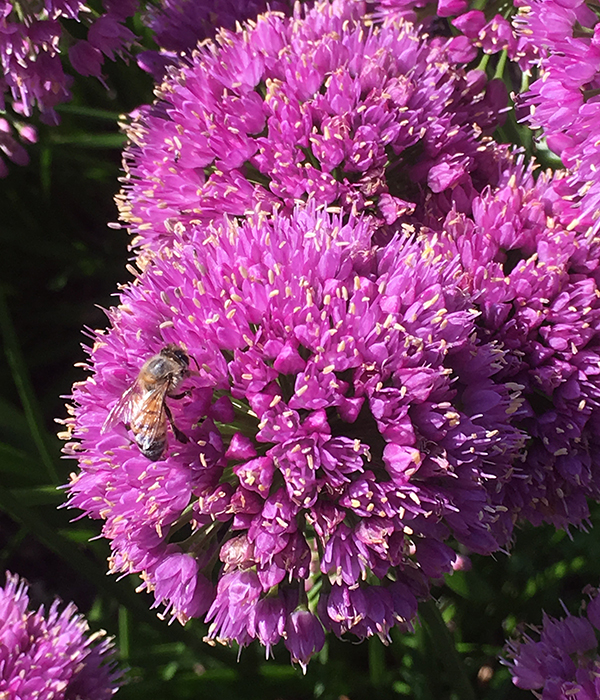
Frequent air travelers know from experience that airplanes are an excellent place to acquire a cold or worse, and the impact of travel is the same for bees. By moving from place to place for most of a year, pollination colonies are exposed to every pest and disease and chemical that exist in each ecosystem, virtually assuring that somewhere along the way they will be severely stressed in the best case and effectively euthanized in the worst case. Equally important, they become the vector by which pests and diseases are transmitted from one region of the country to another, with an effect similar to the first year of school for young children. It’s a pretty gloomy perspective for this most diligent and useful natural creature and sadly the narrative has recently been expanded to include a new element with devastating effects.
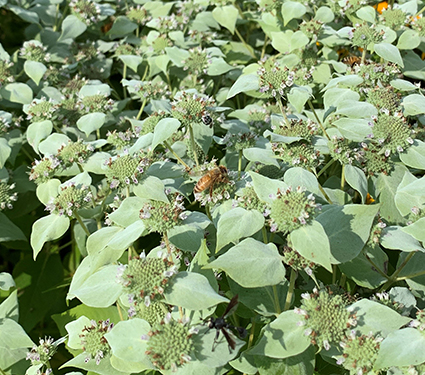
Just as people are preyed upon by ticks, bees are subject to parasites, but their natural behavior of hive cleaning, disposing of sick and dead bees, and swarming to new and better neighborhoods has allowed them to thrive in the vast array of ecologies offered by the North American continent. But that status changed about 33 years ago with the accidental introduction of a pestilential mite named Varroa destructor. This nasty parasite, probably native to Southeast Asia but familiar also in Europe for several decades, was first reported in the United States in 1986. It preys on the brood in the cells where eggs are laid and attaches itself to the emerging larvae and ultimately to the mature bees. Until recently, it was believed that the mites fed on the blood of the bees, but recent work by a Maryland PhD student named Samuel Ramsey has determined that it is, in fact, the fat of the bees that the mites consume, probably conveying various viruses in the process. Young bees are weakened and often disfigured, reducing their ability to forage and ultimately leading to their deaths. Because reproduction is continuous in a functioning hive, the mites also reproduce, maintaining pressure on their hosts while also hitching a ride to other colonies during foraging and breeding. A hives’ ability to generate winter warmth is weakened by reduced population, which means that in northern climates they enter winter like a drunk, in the worst possible condition, and many don’t survive. As a result, hive losses have been steadily increasing nationwide for three decades and have become so dire and persistent that commercially managed reproduction is essentially impossible in areas with cold winters. As a result, commercial production of bees is now concentrated in southern states or in the hands of operators who can afford to invest in temperature-controlled winter storage. In the former case, most bee colonies are concentrated in a few areas after which newly hatched spring bees are packaged and put on trucks north for sale. If you visualize stockyard cattle, you’re not far off. Of course, the large operators who can afford winter storage mostly secure their revenues through pollination services and the incessant travel that model requires. Accordingly, most bees in America have been around a lot and in direct or indirect contact with commercial and feral populations throughout the continent. This, of course, violates the most basic principle of epidemiology and selective evolution, which is isolation.
Despite the best efforts of science, the Varroa mite can only be partially controlled through various management techniques that range from chemical drenches to various forms of non-toxic or integrated pest control. But as the narrative above makes clear, re-infection and re-transmission is incessant due to the nature of bees and the industrial model to which they are harnessed. There is speculation that certain strains of bees may have or may be gradually developing some genetic resistance to the mite, but keeping a strain of bees pure is quixotic to say the least. When a queen sallies forth to mate on a spring day, she will find her way to an area with a dense concentration of drones (males) and will mate with several, all of unknown provenance. At the same time, there’s an excellent chance she will return bearing a mite that has piggybacked on one of the drones. It’s an impossible situation to manage, and it offers an extremely difficult future for bees and their keepers.
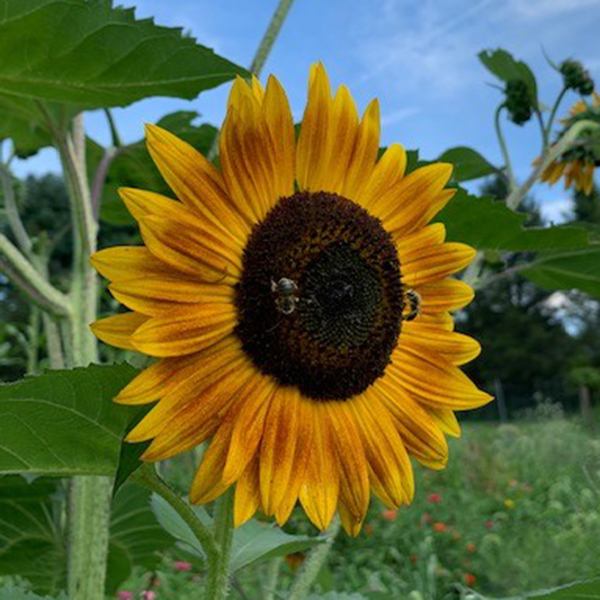
This reality became clear to me after months of reading and talking to professionals and academics whose lives have been devoted to bees. It had two obvious implications, one simple and self-referential and the second having appalling consequences for our continent. In the first case, it was clear that producing bees for sale in a northern climate would be a near certain impossibility as a business model because winter losses, typically averaging one third or more in the best operations, wouldn’t allow the creation of colonies for sale. Yes, it would be possible to purchase southern bees and truck them in for resale, but the logistics are difficult and expensive and risky, and guaranteeing the quality of the imported colonies is impossible. In either case, customers, mainly hobbyists, who bought our bees would inevitably be overwhelmed by mites and experience unsustainable losses in a year or two through no fault of their own. This would leave them with two alternatives: either replacing their bees annually with new purchases or simply abandoning the project. In either case, we would have sold them a dream but not a realistic prospect of success, which is not a prospect I could get comfortable with.
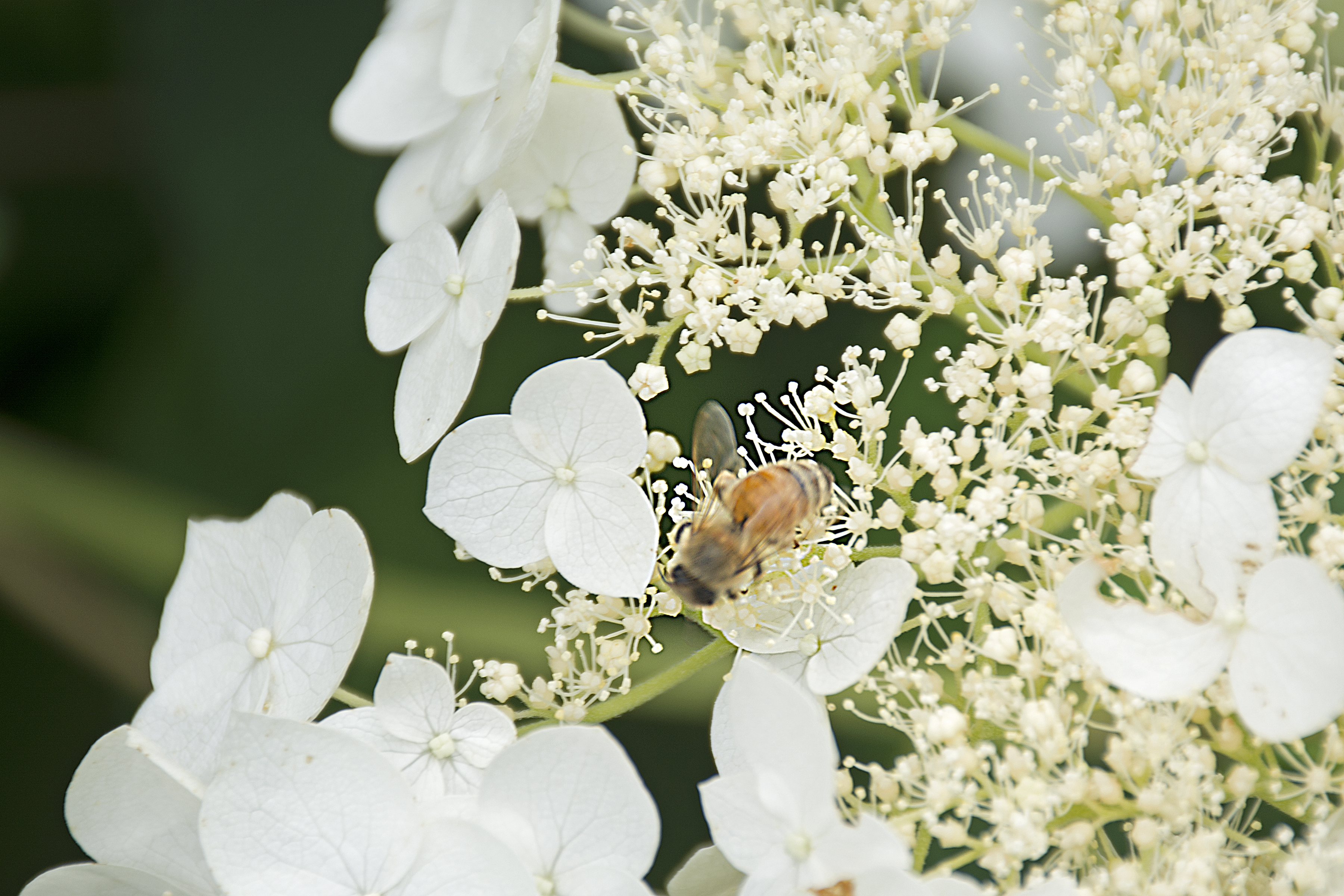
The much larger question is what this imported plague means for America’s vast agricultural infrastructure, huge portions of which depend substantially if not entirely on the services of bees to assure pollination. The answer to that question is not precisely known at this time but the trend is threatening in the extreme. A variety of experiments are underway to identify alternatives and they range from hand-pollination (which is widely practiced in plant breeding where genetics must be tightly controlled), to huge fans set up to blow pollen from place to place, to tiny mechanical drones which might one day learn to mimic the behavior of bees, absent the honey. In parallel, the commercial and academic communities are struggling to come up with tools to suppress or eliminate the mites, bee strains that can survive them, and management techniques that may offset the impact of this infection. Meanwhile, on the horizon, a new Asian mite has been identified which is larger and potentially more devastating. It has yet to be discovered in the Americas but eventual arrival seems inevitable, with consequences that one authority described to me as “unimaginable.”
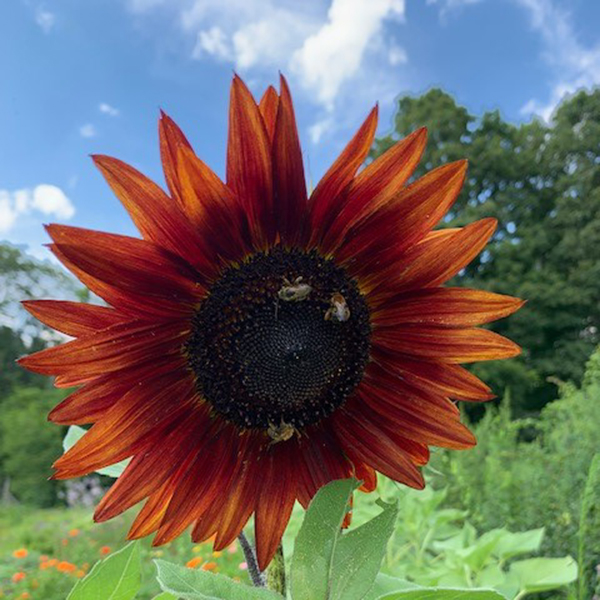
Though it’s not at this point a useful speculation, it’s difficult to avoid connecting this series of events with similarly dangerous plagues under way in citrus, bananas, chickens and hogs, all of which are experiencing devastating losses from bacterial blights. The common threads, aside from timing, are obvious. One is globalization in which every person, dollar, idea, and germ has a good likelihood of finding its way to any ecosystem where it can survive. The other is monoculture, that modern form of factory farming in which economics drive everyone to concentrate on the same plant cultivar, strain of animal genetics, food source, processing system, antibiotic remedy, and marketing channel. With all the eggs, or chickens, in one basket, any trouble that crops up strikes everyone everywhere, with results that are predictably devastating. Is it too extreme to postulate that our food systems are truly in peril? That remains to be seen, and there are legions of talented people and vast financial resources committed to finding answers.
One of those answers has to be diversity, including crops, locations, cultivation techniques, and seasons. By creating discrete populations at discrete sites, all at smaller scale, the risk of a universal affliction is essentially eliminated. This is precisely the regimen advocated by locavores as a means to provide healthier and tastier food, and many consumers have chosen these products despite higher prices driven by much higher production costs. It seems improbable at the moment, but there may be a time ahead when these local crops are, in certain categories, all that is available. Whatever the path, it is glaringly evident that bees, the farmers that travel on their own, cannot be localized and must somehow evolve to deal with their mite infestation or cease to be an engine of reproduction for plants. More chemicals can’t be the answer, but an answer is badly needed.

